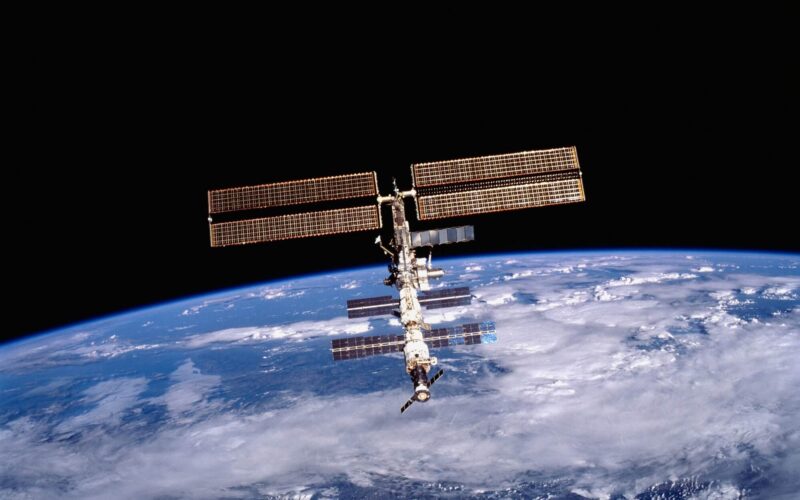The Russian space agency Roscosmos reported a pressure drop in one isolated part of the Zvezda service module on July 31, 2021.
Zvezda is the main module of the Russian Orbital Segment of the International Space Station. It comprises most of the station’s life support systems and houses living quarters for two crew members. However, the transition chamber affected by the pressure drop is isolated from the rest of the station, according to Roscosmos.
“In this chamber, the pressure is maintained at the level of 150-200 millimeters of mercury [Hg],” the agency said. “Last night [on July 20, 2021], the crew […] reported to ground control that the pressure in the chamber was 154 mm Hg.”
The pressure was later raised to reach 200 mm Hg. A slight oxygen leak was detected onboard the ISS as early as September 2019. After its speed increased fivefold in August 2020, the crew of the ISS was forced twice to check the module hatches for airtightness.
The leak was eventually traced back to cracks located in the middle chamber of the Zvezda module. Despite an attempt from two cosmonauts to seal the crack, the leak remained.
The new drop in pressure is unrelated to the new Russian scientific module Nauka which docked to the International Space Station on July 29, 2021. Hours after docking, Nauka inadvertently fired its thrusters, causing the entire station to move 45 degrees out of position. Astronauts were forced to use the thrusters of the Russian segment of the ISS to readjust the attitude of the station. According to Roscosmos, the incident was due to a software glitch, coupled with a lapse of attention.
Two days after the Nauka module docked with the ISS, the cosmonauts Oleg Novitsky and Pyotr Dubrov opened the hatch and filmed their first visit.
The Nauka space laboratory replaces the much smaller Pirs module, which was detached from the station on July 26, 2021, and burnt down in Earth’s atmosphere. Additionally to the working place, Nauka brings extra crew quarters, a new bathroom, and will increase the station’s capacity to generate oxygen and drinking water. It will also operate the European Robotic Arm. While smaller and not as strong as the current Canadarm 2, the new arm is able to function completely automatically.

